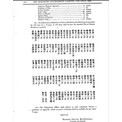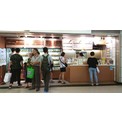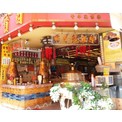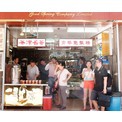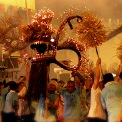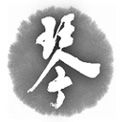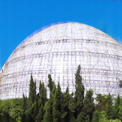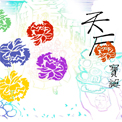 Collections
Collections The Oral Legacies (I) - Intangible Cultural Heritage of Hong Kong
The Oral Legacies (I) - Intangible Cultural Heritage of Hong Kong Herbal Tea
Herbal Tea Development of the Herbal Tea Culture in Hong Kong
Development of the Herbal Tea Culture in Hong Kong
The herbal tea culture has grown together with Hong Kong and is closely related to the life of the local community.
For several decades after Hong Kong became a British colony in 1842, even though there were a number of hospitals offering Western medicine, the local Chinese preferred Chinese herbal medicine, and herbal tea became their trusted cure or preventive way to ward off disease. It is interesting to note that while the colonial government promoted Western medicine, in a Government Gazette in 1869, there was an ordinance which provided that ships departing from Hong Kong carrying Chinese labourers to work overseas must have Chinese medicinal herbs on board, with an amount proportionate to the number of passengers, so that herbal tea could be made for those who were sick during the long voyage. This historical record shows that even the British colonial government, which went for Western medicine, also recognised the efficacy of Chinese medicinal herbs.
During the 1950s and 1960s, it was a time before the economy took off, and gramophones and televisions were luxuries. As most herbal tea shops had jukeboxes and television sets, they became the favourite hang-outs for people in the neighbourhood. They could enjoy chit-chat, meet up with friends, drink herbal tea, watch television, listen to pop songs and spend a few happy hours, all for the price of a dime or more.
By the 1970s and 1980s, with the popularisation of Western medicine, the herbal tea business went on a decline. For the sake of survival, the shops introduced new modes of operation, new marketing techniques and a wider product range. A new type of herbal tea enterprise was born.
Some traditional shops revamped the age-old concept about herbal teas through repackaging, and turned the home business into a commercial operation, with the products mass produced in factories. Herbal teas began to take on many new forms. There were “instant packs” with herbal tea granules, which made them convenient to take home, store and drink any time simply by adding hot water. There were herbal tea drinks in cans, paper packs or bottles, sold not only in herbal tea shops but also in convenience stores and supermarkets. In terms of product range, the herbal tea shops today sell not only herbal tea but also other Chinese health food such as tortoise herbal jelly, fish and wild herb soup, or snacks like tea eggs, dim sum and desserts, in order to attract a wider clientele.
Herbal tea was inscribed onto the first national list of intangible cultural heritage in 2006.
